Game Changers

What does it take for an innovative design to become an influential one? We take a look at how and why some designs have the power to shape culture and reality and, in so doing, become defining points of our time.
Designs powerful enough to make a difference need to be perfectly attuned to our constantly evolving world. Computer advancements, virtual and augmented realities and increasingly sophisticated digital environments mean that the kind of technology that once sat firmly in the realm of wildly speculative sci-fi (self-driving cars, temporary tattoos that can control external devices by touch, headsets that whisk us to the front row in global fashion shows) either already exist, or are close to becoming part of our everyday lives.
Asia in particular is a marketplace that embraces innovation and adopts new technologies early. An openness to new ideas and a desire to push boundaries means consumers are increasingly receptive to Tesign and quick to embrace them. Yet, innovations in technology are not guaranteed to achieve mainstream acceptance. Culture and design both play a part in any new technology’s journey to becoming integral to everyday experience; brands that do this well will have the edge in a crowded marketplace.
To make the transition from an innovative design to an influential design, a product must tap into our desires, giving us what we need when we need it (or preferably even before we know we need it). One of the most well known companies to do this in recent years is, of course, Apple. When Steve Jobs launched the first iPhone 10 years ago with its sleek metallic slab, touchscreen and discreet side buttons, he seemed to know instinctively what we wanted. Back then, the iPhone was hailed as a “breakthrough internet communications device” and subsequently spawned so many imitators that it defined the direction of its industry.
Every smartphone since has followed a similar design outline and it took until 2016 for Apple’s iPhone sales to decline for the first time amid worries over about global smartphone market saturation and claims that the latest iPhone is remarkably similar to the previous two models. This may, in part, be due to tech-led design thinking which is increasingly focused on interior content rather than exterior aesthetics. Not surprising as every part of our lives - personal, professional, social - is now connected to our smartphones, and our other devices like our cars and even domestic appliances, all seem to want to talk to our phones as well.
Have designers become so inspired by the possibilities of the digital age that the real world has ceased to develop? The latest iPhone 7 plus retro edition may be a case in point, with its beige outer shell and rainbow apple logo, it is designed like an 80s Apple Macintosh, cashing in on tech’s renewed appetite for nostalgia. Rumours are that a major iPhone overhaul is on the cards for a September 2017 that may - or may not - put Apple back in the limelight creating an exclusive language of design once again.

|
Prolific Canadian-American industrial designer Karim Rashid (known for his futuristic vision and prolific output, (he currently has over 3000 designs in production) is vocal about the subject of design innovation and is a firm proponent of looking forward, not back. Rashid spoke recently at Shanghai’s Design Shanghai Forum, telling a tech-savvy design-loving audience that design innovation is not borrowed from history but instead modern materials should be used to shape the future, one inspired by the digital age. Design, according to Rashid, is a cultural shaper of our world. “Design is about the betterment of our lives poetically, aesthetically, experientially, sensorially and emotionally. My real desire is to see people live in the modus of our time, to participate in the contemporary world and to release themselves from nostalgia, antiquated traditions, old rituals, the kitsch and the meaningless.” Rashid believes that design-led change is sorely needed, evidenced by the 35,000 new designs at Milan Furniture Fair last year which, in his eyes, lacked fresh ideas. “I believe that we could be living in an entirely different world - one that is full of real contemporary inspiring objects, spaces, places, worlds, spirits and experiences.” |
So what does it take to come up with a design that changes lives? If we look back to design icons that have made a positive difference, they share certain similarities. Among them, they are functional, enjoyable, uplifting and sustainable. Tech-design classics like Leo Fender’s 1950s Stratocaster, or the ‘Strat’ – a quintessential electric guitar with a sleek contoured body shape and double cutaways - changed the way music sounds and has been widely imitated and copied. The Strat is embedded deep in musical culture, played on stage by greats from Buddy Holly to Jimi Hendrix. Consider too Piaggio’s Vespa Scooter with its painted, pressed steel unibody – an icon of Italian style since 1946. The Vespa’s genius unisex design met real needs, allowing men in suits and women in skirts to travel elegantly. Used in Fellini’s La Dolce Vita, and loved by the Beatles, the Vespa has had a profound impact on culture, productivity and society. In the field of emerging technologies, there are always going to be some who win (becoming integral to our lives) and some who lose (falling into oblivion). The iPod knocked out Minidisc players by using new technology and simplicity of design and operation; Matsushita’s VHS ran roughshod over Sony’s Betamax videocassette recorder by providing cheaper, longer tapes than its competitor. The ability to produce tech-led, market winning designs comes down to companies being able to embrace risk, carving out the time and resources for much-needed research and development - often not an easy task in these days of rapid mass production and limited capital investment. |

|
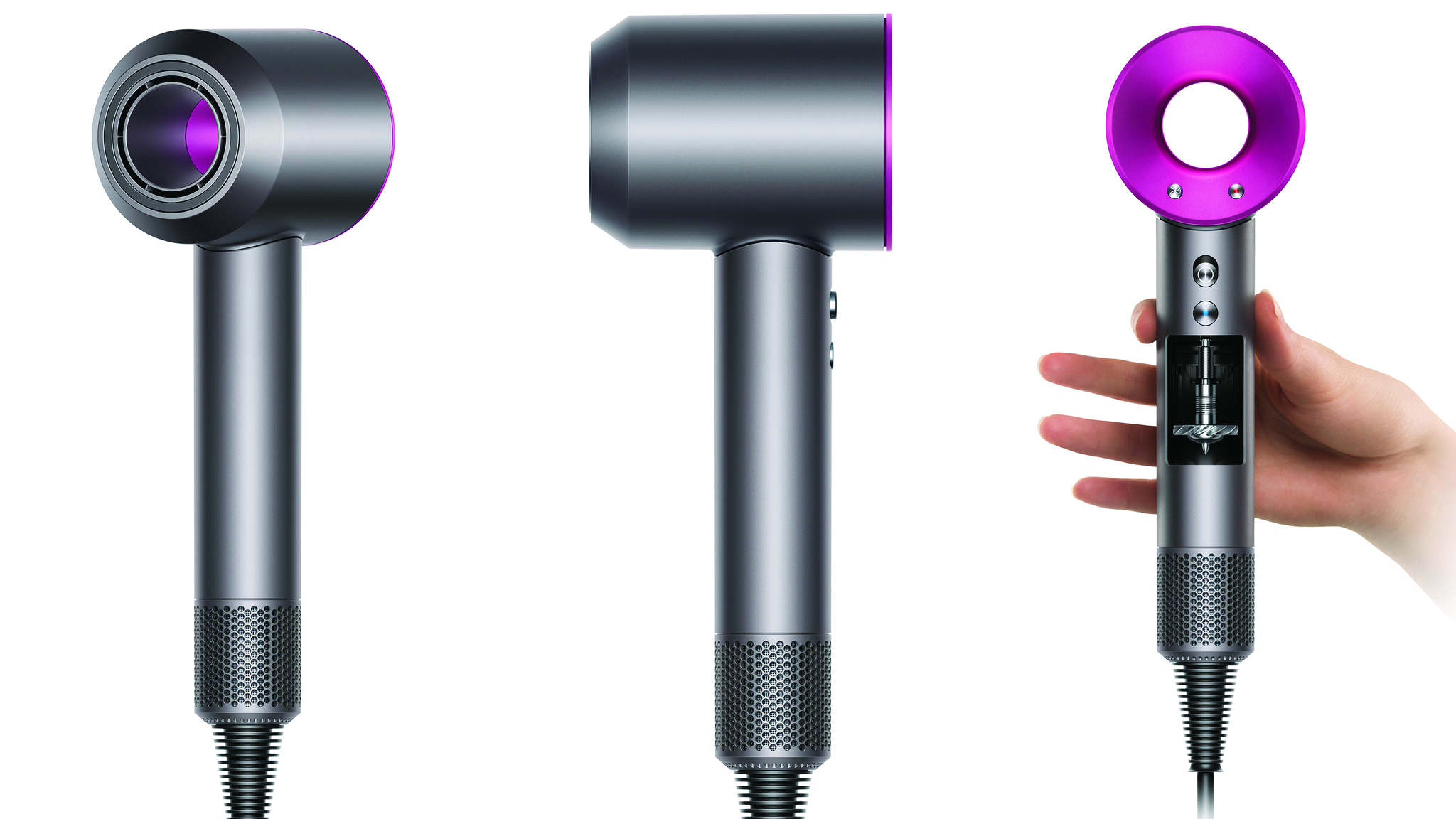
|
One company busy forging its own path is market-leader Dyson, a British company that invested heavily in laboratories in the rural Cotswolds with a mandate to experiment, pioneer, fail and document. From constant trial and tribulation has come revolutionary design – the famous Dual Cyclone bagless vacuum cleaner, the 360 Eye robot, the Supersonic blow dryer, all the results of thousands of prototypes, millions of dollars of investment – and ultimately, market-leading success stories. The company’s Founder, Sir James Dyson, a British inventor and industrial designer, believes enthusiasm and lack of fear are vital to design’s future, to the extent that he encourages designers to plow on regardless of established thinking. He launched the James Dyson Foundation in this spirit, dedicated to encouraging young people to think differently, make mistakes and discover their engineering potential. As Dyson shows, innovation is about creating a future, not emulating a vision of what it might look like. Commitment to innovation, radical thinking and good timing can create designs to change the world. A recent simple yet effective lifestyle game-changer has been the boom in bike-sharing companies, operated via smartphone apps which unlock the bikes and tell riders where to find them at a glance. China has been fast on the uptake, with the country’s traffic congestion and pollution problems it’s a cost-efficient, carbon-footprint reducing game-changer. Mobike and Ofo have filled the streets of the country’s major cities with colourful two-wheelers. Bike-sharing is not a new concept (it dates back to 1960s Amsterdam) but is one that new technologies enable to work efficiently. Problems that hamstrung previous bike sharing schemes; complex coin-operated machinery, theft and vandalism, have been negated by App capabilities. Spinning off is the EcoHelmet, a foldable, recyclable helmet for bike share users and the US National Winner of the 2016 James Dyson Award. Its flat, folded state is ideal for vending machines and requires no assembly as users just place an EcoHelmet on their head, pull down the straps, clip it on and go. The UrbanX electric wheel is also hot news for bike lovers - a smart wheel with a 350W battery that simply clicks onto your bicycle in place of the front wheel and converts it into a fully functional electric bike capable of speeds of 20MPH. A smartphone app allows you to measure speed and distance and change pedal assistance according to your needs. |
But what of the future? Innovative design always develops in tandem with innovative technology – it can never be an end in itself. Tech-savvy transportation options are firmly in the news: this summer Paris will see the debut of ‘Seabubbles’, a futuristic-looking electric hydrofoil water taxi powered by wave and solar energy. Made of high-density foam and fiberglass, the water taxis will recharge at their docking stations, where solar and wave energy will be converted to electricity. On land, driverless technology options are close to launch: Tesla’s self driving vehicles are due in 2018; Chinese brand Nio’s autonomous electric car is due in 2020 and Google spin-off Waymo has revealed its first self-driving car, a Chrysler minivan that it expects to launch this year. Wearable technology too appeals on both practical and feel good levels. Waverly Labs is developing a Pilot earpiece which is able to translate foreign languages in real time to the wearer whilst Dutch fashion designer Pauline van Dongen’s smart Issho denim jacket strokes the wearer’s back in response to touch thanks to its conductive fibres woven into the fabric. Interestingly, Issho works without a smartphone in a bid to move away from using gadgets as an interface but instead has its own microcontroller which turns on when the jacket in worn. Challenging smartphone dominance further are Duoskin temporary tattoos from the researchers at MIT’s Media Lab. The fashion-forward designs are made from conductive gold metal leaf and a thin layer of silicone, which interacts with an electronic circuit that responds to touch. The tattoos are customisable, so users can use different designs to indicate commands to external devices, measure body temperature and transmit personal data. Only time will tell whether any of these upcoming Tesign will become so influential to the extent that we are unable to imagine life without them, but the possibilities for change are energising. The future looks bright indeed. |
Others
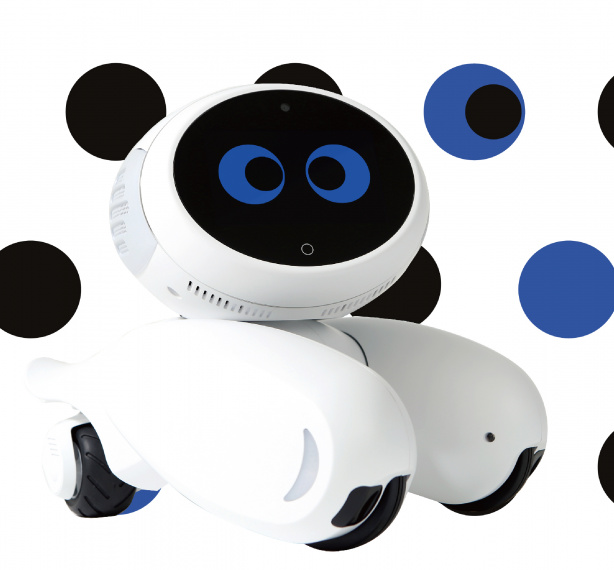
最新动态 | 1 September 2017
Robot Society
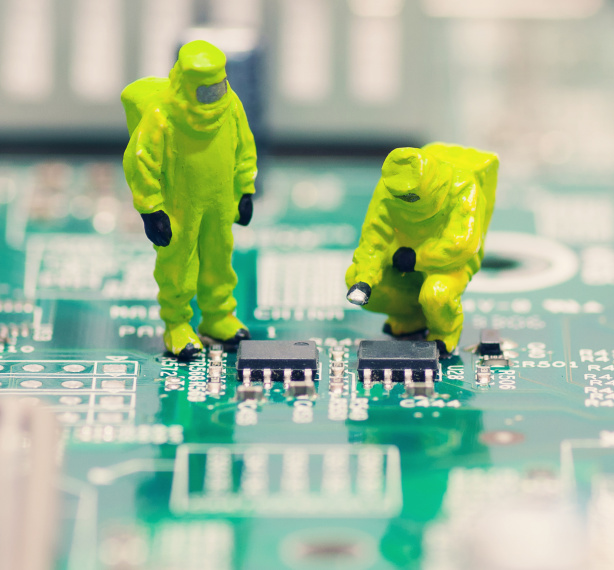
最新动态 | 1 September 2017
We need to talk about 'Tesign' - Design starting with Tech

最新动态 | 1 September 2017
Hyper-reality

最新动态 | 1 September 2017
Battery Power
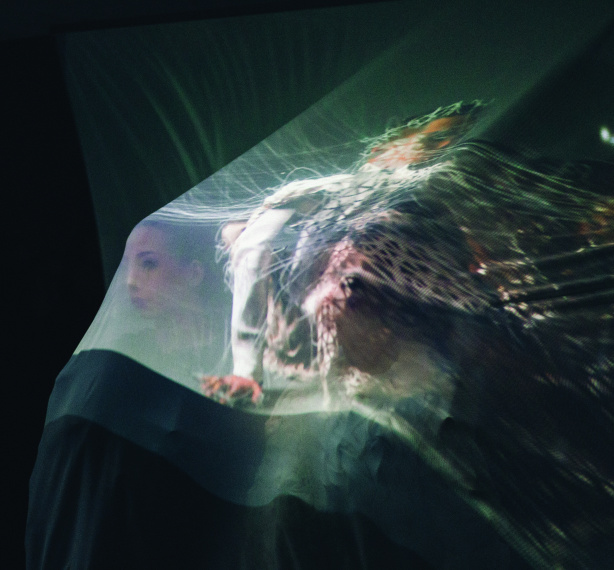
最新动态 | 1 September 2017
When Art, Fashion and Music Collide
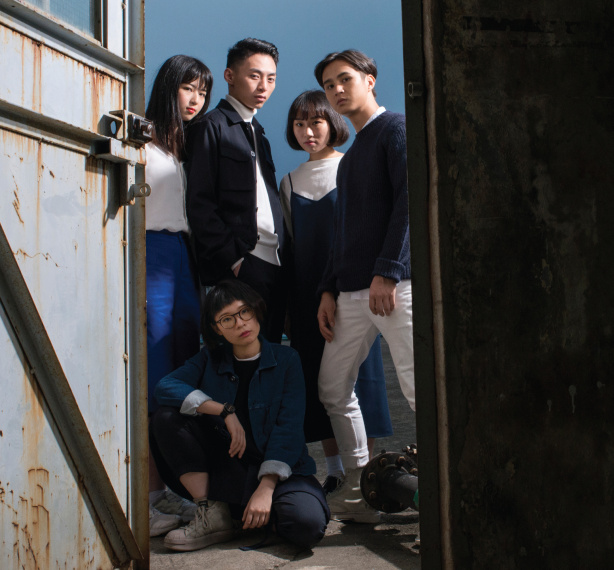
最新动态 | 1 September 2017
Designers Making a Difference

最新动态 | 1 September 2017
Small City, Big Data
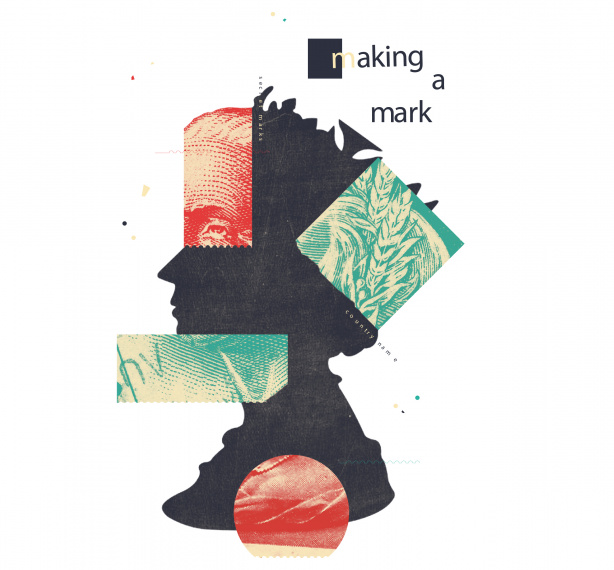
最新动态 | 1 September 2017
Making a Mark

最新动态 | 1 September 2017
